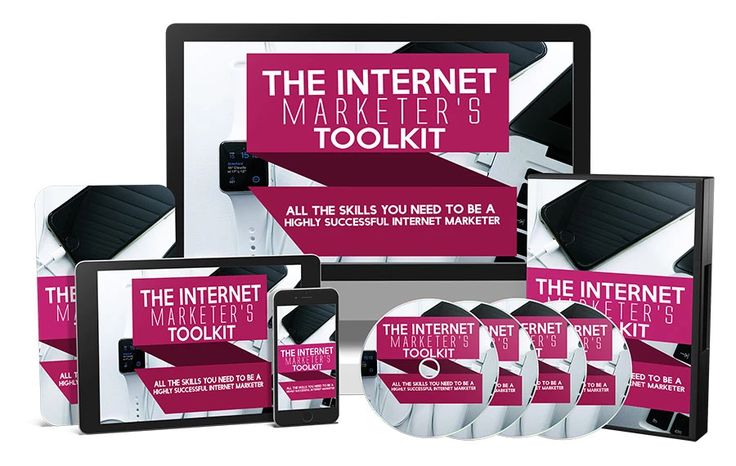Creating and selling PLR (Private Label Rights) eBooks can be a lucrative venture, but before diving in, it’s crucial to understand your target market plr ebooks. Market research not only helps you identify what topics resonate with your audience but also informs your marketing strategy. Here’s a step-by-step guide on how to conduct effective market research for your PLR eBooks.

1. Define Your Target Audience
Understanding who your potential customers are is the first step in market research. Ask yourself:
- Who would benefit from my eBooks? Consider demographics such as age, gender, location, and income level.
- What are their interests and pain points? Identify common problems they face that your eBook could solve.
Create a detailed customer persona to visualize your ideal buyer. This persona will guide your content creation and marketing strategies.
2. Analyze Existing PLR Products
Take a look at what’s currently available in the PLR market:
- Browse PLR marketplaces: Platforms like PLR.me or IDPLR offer a variety of eBooks. Assess which topics are trending and note the most popular titles.
- Read reviews and feedback: Understanding customer sentiments can provide insights into what works and what doesn’t.
Identifying gaps in the market can also help you find unique angles for your own eBooks.
3. Use Keyword Research Tools
Keyword research is essential for understanding what your audience is searching for:
- Utilize tools like Google Keyword Planner, Ubersuggest, or SEMrush. These tools help identify popular search terms related to your niche.
- Analyze search volume and competition: Focus on keywords with high search volume but low competition for better chances of visibility.
Incorporating these keywords into your eBook title and description can enhance its discoverability.
4. Conduct Surveys and Interviews
Direct feedback from your audience can provide invaluable insights:
- Create online surveys: Use platforms like SurveyMonkey or Google Forms to gather opinions on topics, preferences, and pricing.
- Conduct interviews or focus groups: Engage with potential customers to dive deeper into their needs and preferences.
This qualitative data can help shape your eBook’s content and ensure it meets your audience’s expectations.
5. Monitor Competitor Activity
Keeping an eye on your competitors can reveal industry trends and strategies:
- Analyze their marketing tactics: Check their websites, social media, and email campaigns to see how they promote their eBooks.
- Assess pricing strategies: Understanding how competitors price their products can help you position your eBook competitively.
Look for unique selling propositions (USPs) that you can incorporate into your offerings to stand out.
6. Leverage Social Media and Online Communities
Social media platforms and online forums are goldmines for market research:
- Join relevant Facebook groups or Reddit communities: Engage with members to gather insights on popular topics and challenges.
- Follow industry influencers: Observe what they’re discussing and sharing to spot emerging trends.
Social listening can provide a real-time pulse on market sentiments and preferences.
7. Test Your Ideas
Before launching a full-scale eBook, consider testing your ideas:
- Create a landing page: Offer a free sample or an excerpt of your eBook in exchange for email sign-ups.
- Utilize social media ads: Promote your eBook concept to gauge interest and gather feedback.
These tests can help validate your idea and refine your content before the official launch.
Conclusion
Conducting thorough market research is essential for the success of your PLR eBooks. By understanding your audience, analyzing the competition, and staying attuned to market trends, you can create valuable content that meets your customers’ needs. Take the time to invest in research, and you’ll be better equipped to launch a successful eBook that resonates with your audience.
